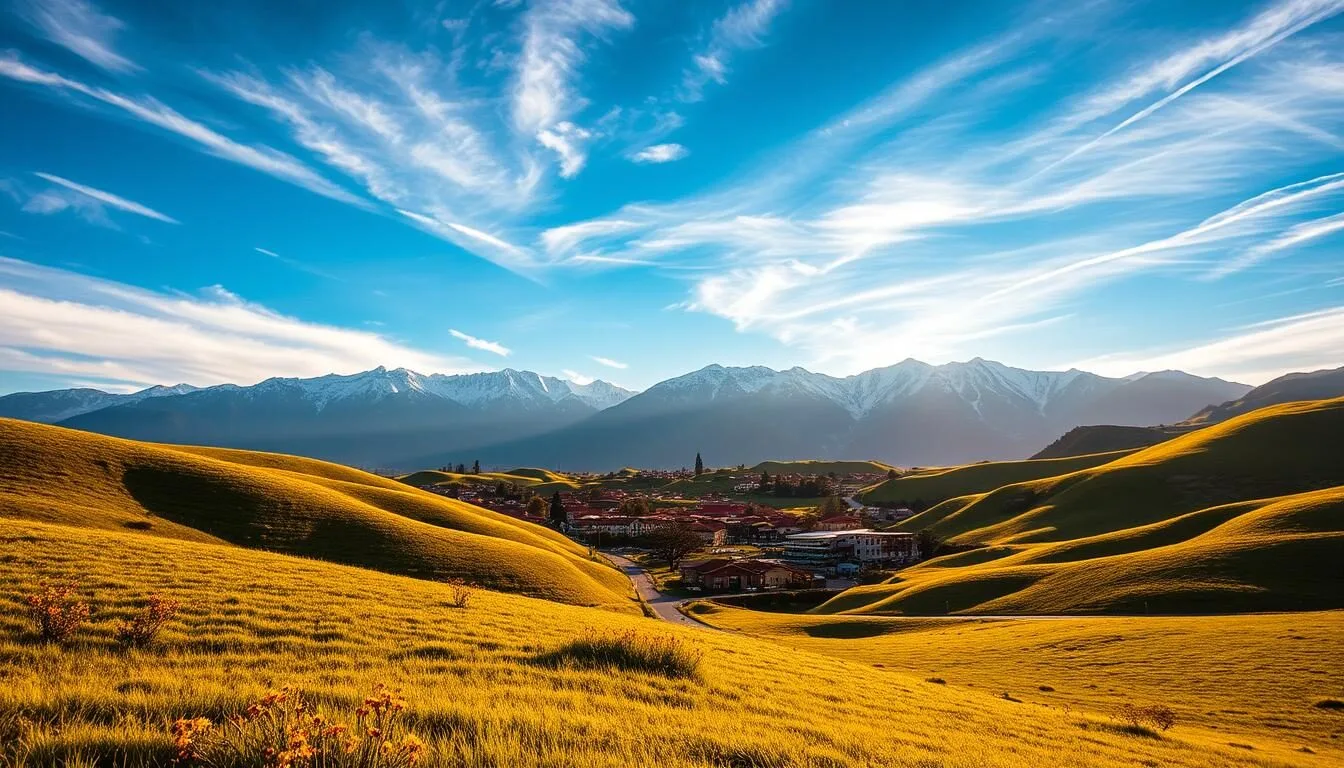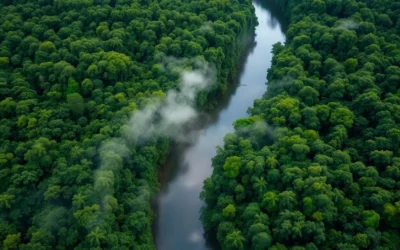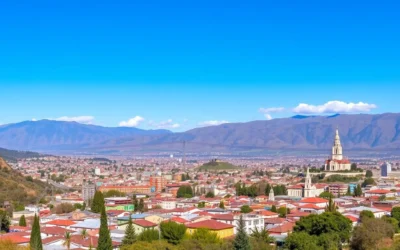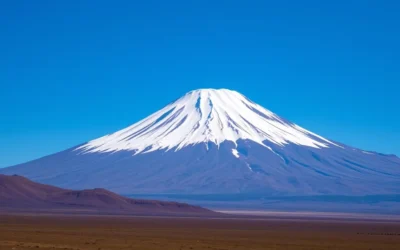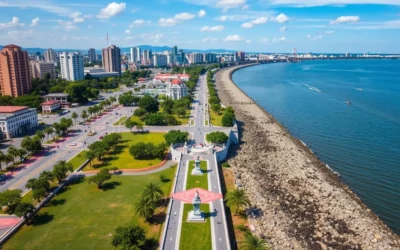✓ Accommodations✓ Flights✓ Rental Cars✓ Tours & Activities
Imagine visiting a destination where you can experience four seasons in a day, with diverse landscapes ranging from volcanic islands to soaring mountains and lush rainforests. Ecuador is such a place, making it an ideal year-round destination for travelers.
With its unique position on the equator, Ecuador’s climate varies dramatically across its four distinct regions. The country’s weather patterns are characterized by a drier period between June and September, and a wet season from October to May. Understanding these patterns is key to planning a weather-savvy trip.
Whether you’re planning to hike in the Andes, explore the Amazon rainforest, or visit the Galapagos Islands, knowing the best time to visit can make all the difference in your travel experience.
Understanding Ecuador’s Diverse Climate Zones
The country’s unique geography plays a significant role in shaping its varied climate zones. Ecuador’s position directly on the equator creates a unique climate situation where seasonal changes are based more on rainfall patterns than temperature fluctuations.
Ecuador’s Unique Geographical Position
Ecuador’s climate is influenced by its altitude, with temperatures dropping approximately 5°F for every 1,000 feet of elevation gain. The country’s capital, Quito, is the second-highest capital city in the world after La Paz in Bolivia, making its temperature changeable from day to night with no defined seasons. The varied elevation across the country contributes to the diverse climate zones.
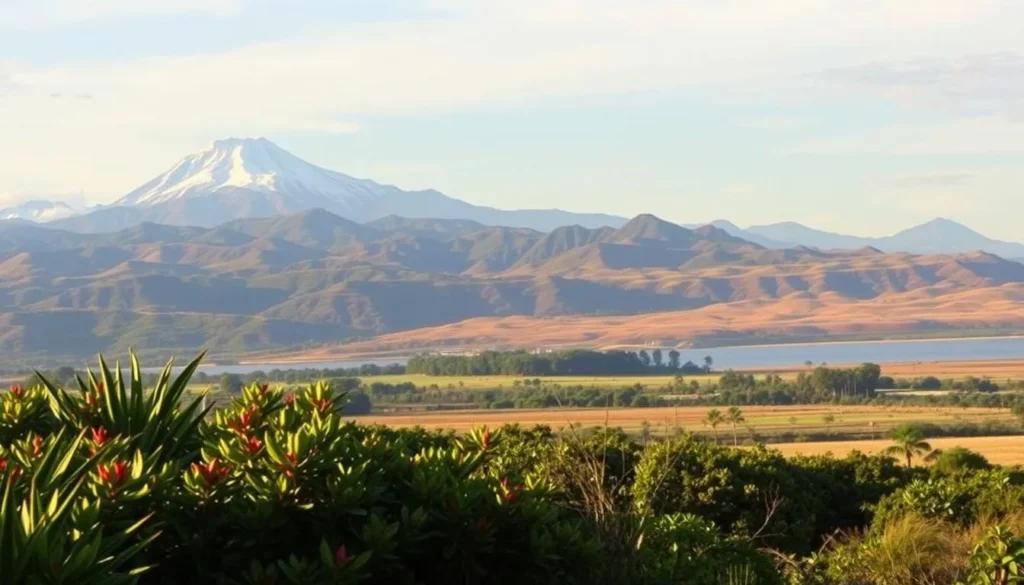
The Four Main Regions and Their Climate Patterns
Ecuador is divided into four main geographical regions: the Highlands (Sierra), the Coast, the Amazon Rainforest, and the Galapagos Islands. Each region has distinct climate patterns. The Highlands experience the “four seasons in a day” phenomenon, with mornings being sunny and warm while afternoons bring rainfall. The Coast and the Galapagos Islands are influenced by ocean currents, particularly the Humboldt Current, which affects weather patterns throughout the year.
| Region | Climate Pattern | Characteristics |
|---|---|---|
| Highlands (Sierra) | Variable | Experiences “four seasons in a day” |
| Coast | Influenced by ocean currents | Affected by Humboldt Current |
| Amazon Rainforest | Tropical | High rainfall and humidity |
| Galapagos Islands | Unique biodiversity | Influenced by ocean currents |
Ecuador: Best Months for a Weather-Savvy Trip – Overview
The best time to visit Ecuador depends on the region and your preferences, with the country’s unique geography creating a variety of climate conditions. Ecuador’s diverse climate zones make it a year-round destination, but understanding the seasonal variations can help you plan a more enjoyable trip.
Hot Season vs. Dry Season
Ecuador experiences two main seasons: the hot/wet season from January to May and the dry/cool season from June to December. The hot season brings warmer temperatures and calmer waters to the Galapagos, making it ideal for snorkeling and diving activities. In contrast, the dry season offers clearer skies and less rainfall in the highlands, perfect for hiking and outdoor adventures.
| Season | Characteristics | Best For |
|---|---|---|
| Hot/Wet Season (Jan-May) | Warmer temperatures, calmer waters | Snorkeling, diving in Galapagos |
| Dry/Cool Season (Jun-Dec) | Clearer skies, less rainfall | Hiking, outdoor adventures in highlands |
Transition Months: December and June
Apart from the two main seasons, there are two transition months in the Galapagos: December and June. December marks the transition from the hot to the dry season, while June signals the shift from dry to hot. These periods offer unique opportunities for travelers, with changing weather patterns across the country.
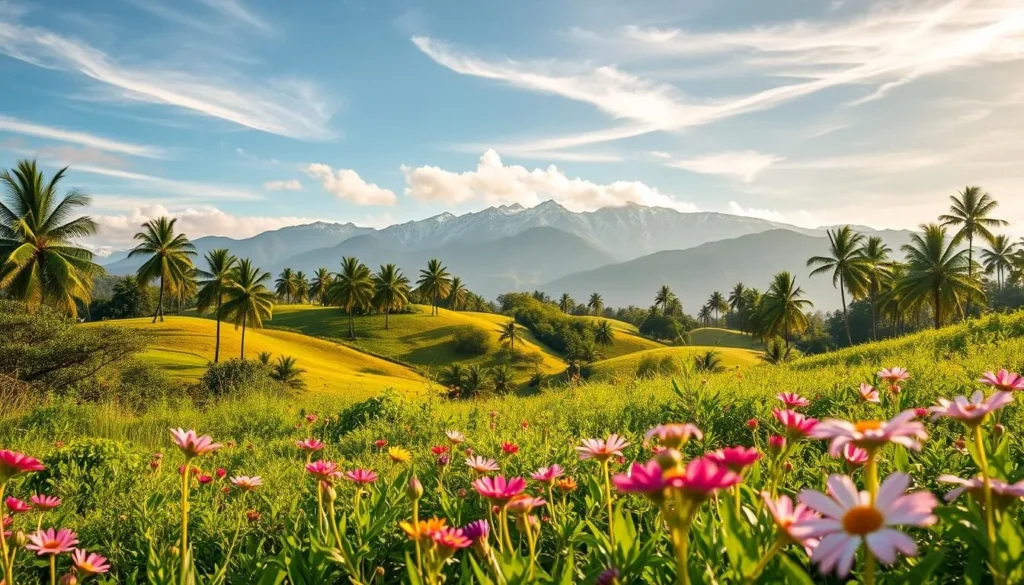
Understanding these seasonal variations and transition periods can help you plan your trip to Ecuador more effectively, ensuring that you make the most of your time in this diverse and beautiful country.
Quito and the Highlands: When to Visit
When planning your trip to Ecuador, understanding the best time to visit Quito and the Highlands is crucial for a memorable experience. The Highlands, also known as the Andean region or Sierra, offer a unique blend of cultural richness and natural beauty.
Weather Patterns in the Andean Region
The dry season in the Highlands tends to be from May to September, although the weather can be quite unpredictable. Quito’s unique climate, due to its position as the second-highest capital city in the world, means temperatures remain relatively stable year-round, averaging 14°C/57°F, but can change dramatically from morning to evening. You should be prepared for the highland’s “changeable” weather pattern, where both blue skies and thunderstorms are possible within a few hours.
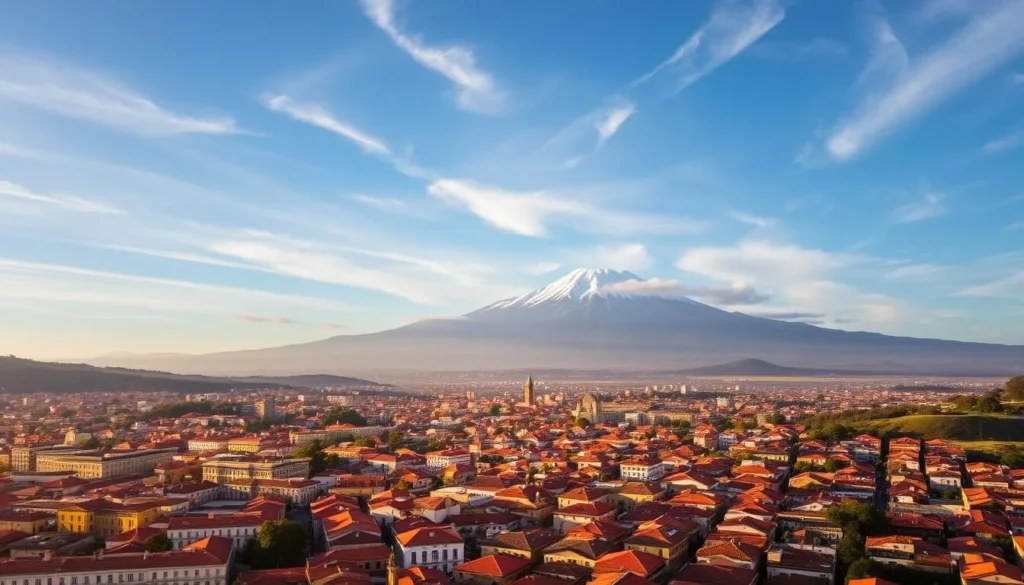
Best Months for Hiking and Cultural Experiences
The best time to visit the Ecuadorian Highlands for hiking is during the dry season (May-September), when trails are less muddy and views of the volcanoes are clearer. In contrast, December through March is generally not recommended for highland hiking due to increased rainfall and muddy conditions on trails. For cultural experiences, June through August is considered the best time, balancing good weather conditions with vibrant cultural events.
Festivals and Celebrations in the Highlands
The Highlands are rich in festivals and celebrations, including Semana Santa (Holy Week) with its impressive Good Friday processions in Quito. These events offer a deep dive into the local culture and are a significant part of the Ecuadorian heritage. Understanding the local calendar can enhance your visit, allowing you to participate in these vibrant celebrations.
The Amazon Rainforest: Optimal Visiting Times
With its tropical rainforest climate, the Amazon region in Ecuador experiences rain throughout the year, making it essential to plan accordingly. The Amazon Rainforest is one of the most biodiverse regions in the world, with over 250 species of amphibians and reptiles and more than 600 fish species.
Rainfall Patterns and Temperature Variations
The Amazon Rainforest sees approximately 200 days of rainfall annually, with a slight decline in precipitation between July and December. This period makes these months marginally drier for travel. Temperatures remain relatively consistent year-round, averaging 25°C (77°F), although they can spike as high as 40°C (104°F) during the drier months.
Key Climate Characteristics:
- High rainfall throughout the year
- Slightly drier months from July to December
- Consistent temperatures around 25°C (77°F)
- Potential temperature spikes up to 40°C (104°F) during drier months
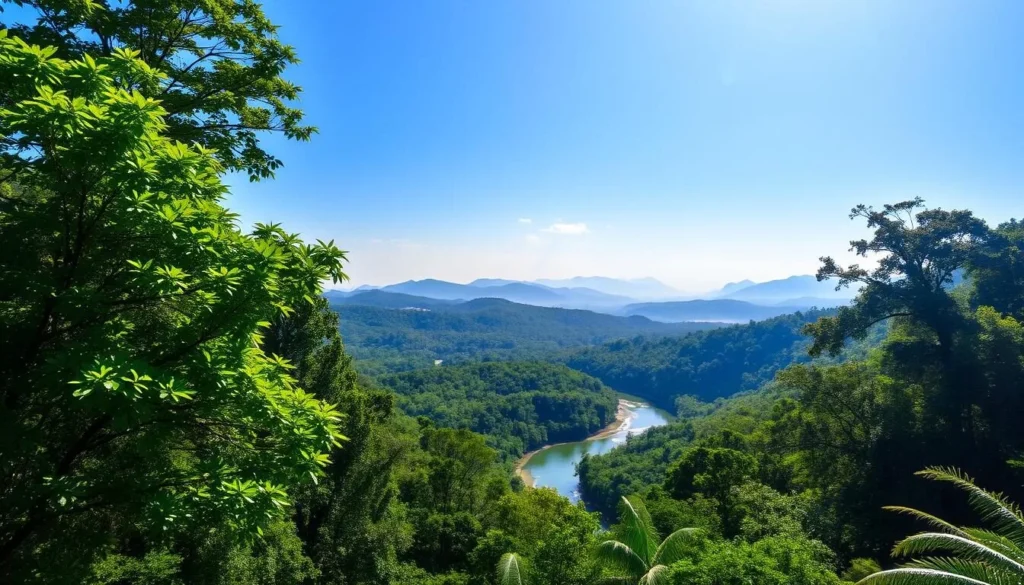
Wildlife Viewing Opportunities Throughout the Year
Seasonal water levels significantly affect wildlife viewing opportunities. Higher water levels from January to June allow for deeper boat exploration into flooded forests, while the slightly drier months from July to December make hiking trails more accessible and increase the chances of spotting certain land animals.
Tips for Visiting the Amazon:
- Use waterproof gear and quick-dry clothing
- Protect yourself with insect repellent
- Plan according to water levels for optimal wildlife viewing
Galapagos Islands: Seasonal Considerations

The Galapagos Islands’ climate is characterized by two main seasons, each offering unique opportunities for exploration and wildlife viewing. Understanding these seasons is key to planning a trip that meets your expectations.
Hot Season Benefits and Activities
During the Hot Season (January-June), the Galapagos Islands experience warmer temperatures, ranging from 20°C to 30°C (68°F to 86°F), and calmer seas. This period is ideal for snorkeling and diving activities due to clearer underwater visibility. Although it’s also the rainy season, precipitation typically comes in brief afternoon showers.
Dry Season Marine Life and Conditions
In contrast, the Dry Season (July-December) brings cooler temperatures, stronger winds, and choppier seas. However, the nutrient-rich waters during this time attract a spectacular array of marine life, including dolphins, whales, and whale sharks, making July and August particularly exciting months for marine enthusiasts.
Wildlife Calendar for the Galapagos
The Galapagos Islands are a wildlife lover’s paradise, with certain events occurring at specific times of the year. For instance, sea lion birthing season and marine iguana nesting are just a few of the unique experiences you can witness. The Galapagos albatross is present on the islands between May and December, an important consideration for birdwatchers.
By understanding the seasonal patterns and the wildlife calendar of the Galapagos, you can plan a trip that aligns with your interests, whether they’re centered around marine life, birdwatching, or simply enjoying the unique landscapes of this extraordinary ecosystem.
Coastal Ecuador: Weather-Based Travel Planning
Ecuador’s coastal region offers a unique climate that differs significantly from the highlands, making it essential to choose the right time to visit. The coastal area has its own distinct weather profile, which is vital to consider when planning your trip.
Wet vs. Dry Season Along the Coast
The coastal region of Ecuador experiences a wet season from January to May and a dry season from June to December. During the wet season, temperatures are warmer, and rain typically falls in short afternoon bursts, leaving sunny mornings ideal for beach activities. In contrast, the dry season brings cooler temperatures, overcast skies, and stronger winds, resulting in different beach and water conditions.
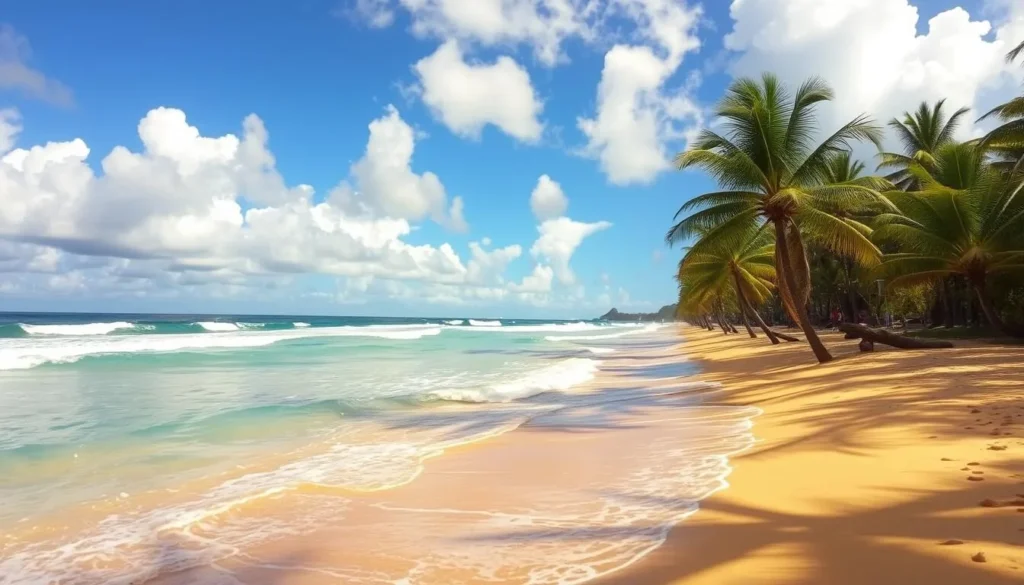
Beach Activities and Water Conditions by Season
The wet season is ideal for swimming and water sports due to warmer ocean temperatures. It’s also the best time for surfing, with consistent swells from January to March. In contrast, the dry season is better suited for whale watching (June to September) and observing nesting sea turtles (December to May). Understanding these seasonal variations will help you plan your trip and make the most of your time along Ecuador’s coast.
By considering the weather and seasonal activities, you can have a more enjoyable and memorable trip to Ecuador’s coastal region.
Conclusion: Planning Your Weather-Perfect Ecuador Trip
Ecuador’s diverse geography means that the best time to visit depends on your interests and the regions you plan to explore. Whether you’re heading to the Highlands, Amazon, Galapagos, or Coast, each region offers unique experiences throughout the year.
For the Highlands, May to September is ideal for drier conditions, while the Amazon is best visited from July to December for slightly less rainfall. The Galapagos Islands are a year-round destination, with January to June offering warmer waters and July to December providing opportunities to see active marine life.
By understanding these regional weather patterns, you can plan a multi-region Ecuador trip that maximizes your experiences. With practical advice on packing and flexible itinerary planning, you’ll be well-prepared for your adventure. Consider working with travel specialists to design an itinerary that makes the most of Ecuador’s weather patterns during your available travel dates.
—
The above is subject to change.
Check back often to TRAVEL.COM for the latest travel tips and deals.
